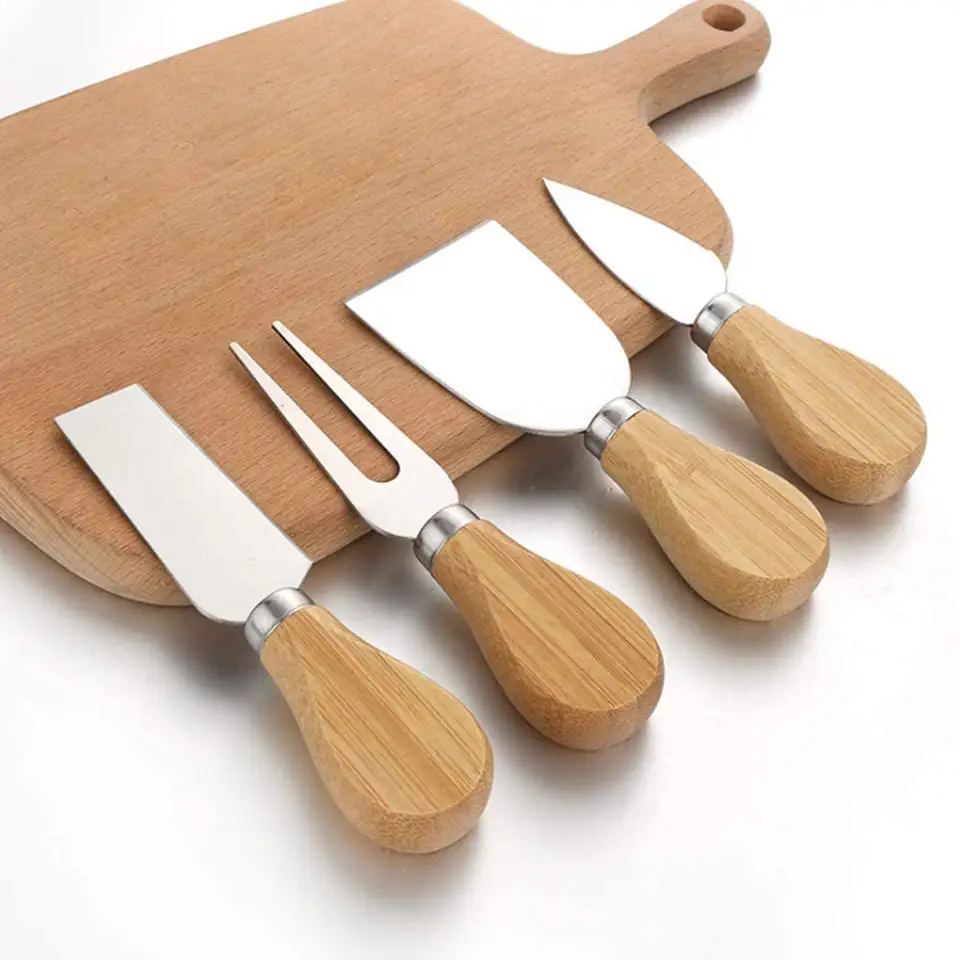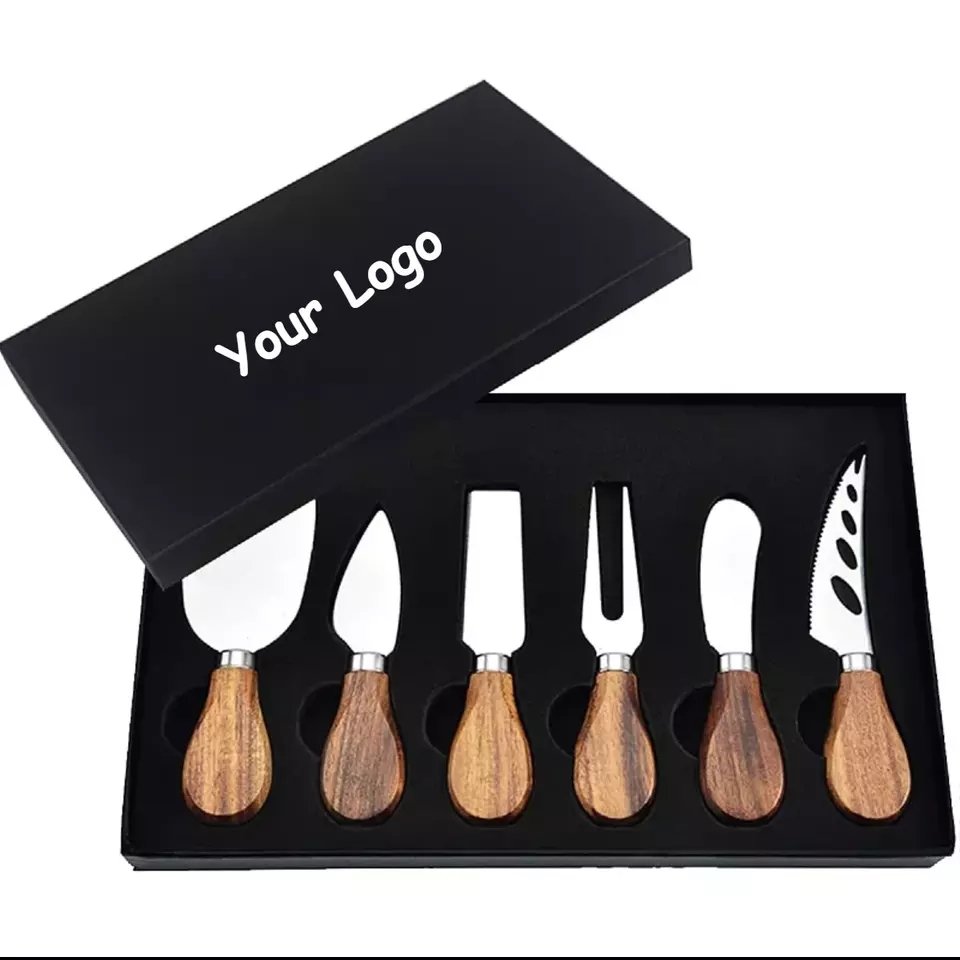Start your kitchen adventures with a simple tool that can change everything: the measuring spoon.
A measuring spoon helps you get the exact amount of an ingredient you need for your recipe. It ensures your dish turns out just right every time.
Most of us want to save time and effort in the kitchen. But without accurate measurements, even the best ideas can fall short. Let’s explore how this small tool can make a big difference.
Table of Contents
When Should You Use a Measuring Spoon Instead of a Measuring Cup?
In the kitchen, we always want to make sure we are getting it right. Measuring spoons are perfect for small amounts of ingredients.
Use a measuring spoon when you need to measure small amounts of ingredients like spices, baking powder, or extracts.

Understanding the Role of Measuring Spoons vs. Measuring Cups
Why Measuring Spoons Are the Best for Small Quantities
When I started learning to cook, I often grabbed a measuring cup for everything. But I quickly realized that using a spoon was much better for tiny amounts. For example, if you need 1/4 teaspoon of salt, a cup is too big and clumsy. A measuring spoon gives you just the right amount.
Key Differences Between Spoons and Cups
Here’s a simple table that compares the two:
| Measuring Tool | Best for | Accuracy | Usability |
|---|---|---|---|
| Measuring Spoon | Small amounts (spices, extracts, baking powder) | High | Easy for dry and liquid small quantities |
| Measuring Cup | Larger amounts (flour, sugar, liquids) | High for large amounts | Hard to use for tiny amounts |
The main reason for using a spoon is precision. When you’re working with spices or baking powder, even a little extra can change the flavor or texture of your dish.
Personal Story: A Lesson in Precision
I remember one time when I added a bit more baking soda because I didn’t measure it. The cake rose too fast and then fell flat. After that, I never skip using my measuring spoons.
When I talk to chefs and bakers, they all say the same thing: always use the right tool for the job. Measuring spoons give you that edge in precision.
Conclusion
Use a measuring spoon for small amounts and a cup for big amounts. That simple habit can change your cooking results forever.
What is the Spoon Used for?
We often see measuring spoons in every kitchen, but many people don’t know their real purpose.
A measuring spoon helps you measure exact small amounts of ingredients for your recipes.
Unlocking the Hidden Potential of Measuring Spoons
Why Small Amounts Matter
Many recipes call for just a teaspoon of salt or a tablespoon of oil. If you don’t measure these, you might ruin the dish. Too much salt can make it inedible, while too little baking powder can make your cake dense.
Versatility of Measuring Spoons
Measuring spoons work for both dry and liquid ingredients. They are usually made of stainless steel or plastic, and they come in sets. Each set typically has 1/4 teaspoon, 1/2 teaspoon, 1 teaspoon, and 1 tablespoon.
Personal Story: How I Discovered the True Use
At first, I thought these spoons were just for baking. But later I found they’re great for measuring sauces and oils too. I use them every day now, not just for sweet treats.
Table: Common Uses of Measuring Spoons
| Amount | Common Ingredient | Kitchen Use |
|---|---|---|
| 1/4 teaspoon | Salt, pepper | Seasoning |
| 1/2 teaspoon | Spices, baking powder | Baking, cooking |
| 1 teaspoon | Vanilla extract, lemon juice | Flavoring |
| 1 tablespoon | Olive oil, soy sauce | Cooking, dressing |
Using these spoons helps you get the right taste every time.
Conclusion
A measuring spoon is the secret to perfect flavor and texture. It’s small but mighty.

Can You Use Measuring Spoons for Liquid?
You might think that measuring spoons are just for dry stuff. But they’re great for liquids too.
Yes, measuring spoons are made to measure both dry and liquid ingredients. People use them for accuracy and consistency.
Demystifying Measuring Spoons for Liquids
How They Handle Liquids
Measuring spoons are shaped like tiny cups. They can hold liquids like vinegar, lemon juice, or vanilla extract. Unlike measuring cups, they are better for small amounts.
Why Accuracy Matters
A teaspoon of vanilla extract adds the right sweetness. A tablespoon of soy sauce makes the difference between bland and delicious. Even in liquid form, getting the amount right is key.
Personal Story: My Journey to Measuring Right
I used to pour soy sauce straight from the bottle. My dishes often turned out salty. Once I switched to measuring spoons, the flavor was perfect every time.
Table: Liquid Uses of Measuring Spoons
| Amount | Common Liquid Use | Dish Type |
|---|---|---|
| 1/4 teaspoon | Hot sauce, lemon juice | Dips, marinades |
| 1/2 teaspoon | Vinegar, soy sauce | Dressings, stir-fry |
| 1 teaspoon | Vanilla extract, syrup | Baking, desserts |
| 1 tablespoon | Olive oil, milk | Cooking, sauces |
Measuring spoons make cooking and baking easier, more precise, and more fun.
Conclusion
Measuring spoons are your friend for both dry and wet stuff. They give you control over flavor and texture.
Is 1 Cup Dry the Same as 1 Cup Liquid?
Many people think that a cup is always a cup, no matter what’s inside. But there’s more to it.
No, 1 cup of dry ingredients is not exactly the same as 1 cup of liquid. Dry and liquid measuring tools are designed differently to give accurate results.
Understanding Cups, Spoons, and Kitchen Science
Why Dry and Liquid Ingredients Are Different
Dry ingredients like flour and sugar need to be leveled off. Liquid ingredients need to fill the cup up to the line without spilling. That’s why dry measuring cups are usually scooped and leveled, while liquid measuring cups have a spout.
Measuring Spoons: The Middle Ground
Measuring spoons work for both, but only in small amounts. They’re not meant for a full cup of liquid or a heaping cup of flour.
Table: Dry vs. Liquid Measurements
| Measurement Type | Best for | Why It Matters |
|---|---|---|
| Dry Cups | Flour, sugar | Easy to level off for exact weight |
| Liquid Cups | Water, milk | Has a spout for easy pouring |
| Measuring Spoons | Spices, oils | Works for both, but only in small amounts |
Personal Story: A Floury Mistake
I once tried to measure a cup of flour in a liquid measuring cup. The cake was dense and heavy. Since then, I always use the right tool.
Conclusion
Using the right measuring tool—spoons for small amounts, cups for larger amounts—can be the difference between success and failure in the kitchen.

Why Should You Use a Spoon When Measuring Flour?
When baking, we need to be exact. Flour can be tricky if you’re not careful.
Using a spoon to fill your measuring cup with flour helps prevent packing and ensures accurate measurement.
The Science of Measuring Flour
Why Scooping Can Be Misleading
If you scoop flour directly with the cup, you’re likely to pack it down. That means you’re adding more flour than you should.
Spoon and Level Method
The best way is to use a spoon to scoop the flour into your measuring cup. Then level it off with a knife. This way, you get the right amount without packing.
Table: Common Baking Errors with Flour
| Mistake | Outcome |
|---|---|
| Scooping with cup | Too much flour, dense baked goods |
| Spoon and level | Just the right amount, light and fluffy |
| No leveling | Uneven texture, unpredictable results |
Personal Story: Baking Cookies That Went Wrong
I used to scoop flour straight from the bag with my cup. My cookies were always tough. One day, I read about the spoon and level method. Now my cookies are soft and perfect.
Conclusion
Always spoon your flour into the cup. It makes your baking lighter and more delicious.
What Can I Do If I Don’t Have a Measuring Cup?
Sometimes, we don’t have every tool in the kitchen. That’s okay.
You can use measuring spoons or common household items to approximate measurements when you don’t have a measuring cup.
Getting Creative with What You Have
Common Kitchen Substitutes
You can use a coffee mug, small bowl, or even a water bottle. A standard coffee mug usually holds about 1 cup.
Table: Common Kitchen Items as Measuring Cups
| Item | Approx. Amount |
|---|---|
| Coffee mug | 1 cup |
| Small bowl | 1/2 to 1 cup |
| Water bottle cap | 1 tablespoon |
Using Measuring Spoons
If you have measuring spoons, remember that 16 tablespoons make 1 cup. It takes a bit longer, but you’ll get close enough.
Personal Story: Cooking on Vacation
On vacation, I had no measuring cups. I used a small mug to measure everything. The recipe turned out fine because I remembered to use equal parts.
Conclusion
You don’t need fancy tools. With a little creativity and measuring spoons, you can still cook great food.
How Do You Measure Using a Cup or Measuring Spoon Correctly?
Knowing how to measure right can change your cooking and baking forever.
To measure dry ingredients, scoop and level. For liquids, pour to the line. Use measuring spoons for small amounts.
Simple Rules for Perfect Results
Measuring Dry Ingredients
For dry ingredients, spoon them into the measuring cup. Don’t pack them. Level it off with a straight edge.
Measuring Liquids
Use a liquid measuring cup. Place it on a flat surface. Pour the liquid in until it reaches the right line.
Measuring with Spoons
Fill the measuring spoon until it’s full. For sticky liquids like honey, lightly coat the spoon with oil first.
Table: Measuring Tips for Success
| Ingredient Type | How to Measure | Common Mistake |
|---|---|---|
| Dry (flour, sugar) | Spoon and level | Scooping and packing |
| Liquid (milk, oil) | Pour and read line | Not using flat surface |
| Small amounts | Fill spoon fully | Guessing without spoon |
Personal Story: The Power of Precision
When I started measuring everything right, my food tasted better. My cakes rose perfectly. My sauces balanced better. It changed everything.
Conclusion
Measuring is simple. Take your time. Use the right tool. Your food will thank you.
Why Do People Use Measuring Spoons?
Measuring spoons may look small, but they are essential in every kitchen.
People use measuring spoons to ensure precise, repeatable results when cooking and baking.
The Importance of Precision in Cooking
Precision is Key
In cooking, precision isn’t just for fancy chefs. Even home cooks need accurate measurements. A teaspoon too much of salt or baking powder can ruin an entire dish. That’s why measuring spoons are so helpful.
Why Measuring Spoons Are Better for Small Quantities
For small amounts of ingredients—like spices, baking powder, or vanilla extract—measuring cups are too big and not precise enough. Measuring spoons are perfectly sized for these ingredients.
Table: Common Uses for Measuring Spoons
| Amount | Example Ingredient | Common Dish |
|---|---|---|
| 1/4 teaspoon | Salt, chili powder | Soups, sauces |
| 1/2 teaspoon | Baking soda, spices | Baked goods, marinades |
| 1 teaspoon | Vanilla extract, lemon juice | Desserts, dressings |
| 1 tablespoon | Olive oil, vinegar | Cooking, dressings |
Personal Story: A Flavor Revelation
I used to guess when adding small amounts of ingredients. One day, my soup was way too salty because I “eyeballed” the salt. After that, I switched to measuring spoons, and my cooking became much more consistent and tasty.
Conclusion
Measuring spoons aren’t just about following a recipe—they’re about creating food that tastes exactly how you want it to, every single time.

What is the Difference Between Measuring Cups and Spoons?
Both measuring cups and spoons help you cook delicious food, but they each have their unique role.
The main difference is the quantity and precision of measurement. Measuring cups are for larger amounts, while measuring spoons are for smaller, more precise quantities.
Tools for Every Task
Measuring Cups: The Go-To for Larger Amounts
Measuring cups are perfect for things like flour, sugar, rice, and liquids in larger quantities. They often come in sets (1 cup, 1/2 cup, 1/3 cup, 1/4 cup). Liquid measuring cups have a spout and clear markings, while dry measuring cups are designed to be filled and leveled.
Measuring Spoons: Precision for the Small Stuff
Measuring spoons typically include 1 tablespoon, 1 teaspoon, 1/2 teaspoon, and 1/4 teaspoon. They’re great for spices, leavening agents, extracts, and small amounts of liquid.
Table: Measuring Cups vs. Measuring Spoons
| Tool | Best For | Typical Sizes |
|---|---|---|
| Measuring Cups | Flour, sugar, liquids (1/4 cup – 1 cup) | 1 cup, 1/2 cup, 1/3 cup, 1/4 cup |
| Measuring Spoons | Spices, extracts, small liquids | 1 tablespoon, 1 teaspoon, 1/2 teaspoon, 1/4 teaspoon |
Personal Story: Kitchen Transformations
When I first started baking, I didn’t understand why my cakes were sometimes too dense. A baker friend explained how important measuring tools are. Now, I always use cups for big stuff and spoons for small stuff—and my cakes turn out perfect every time!
Conclusion
Using the right tool for the right job helps your cooking and baking turn out just how you planned—no more surprises or mistakes.





